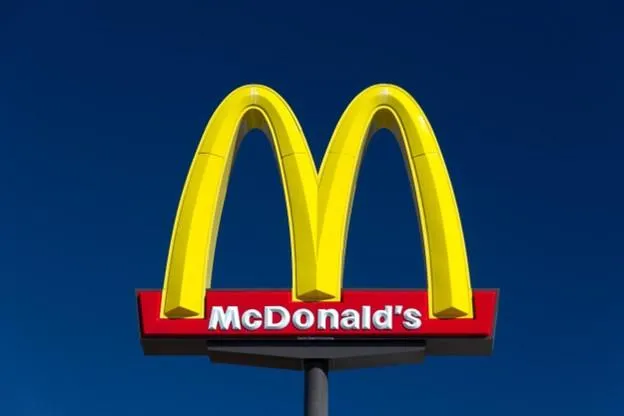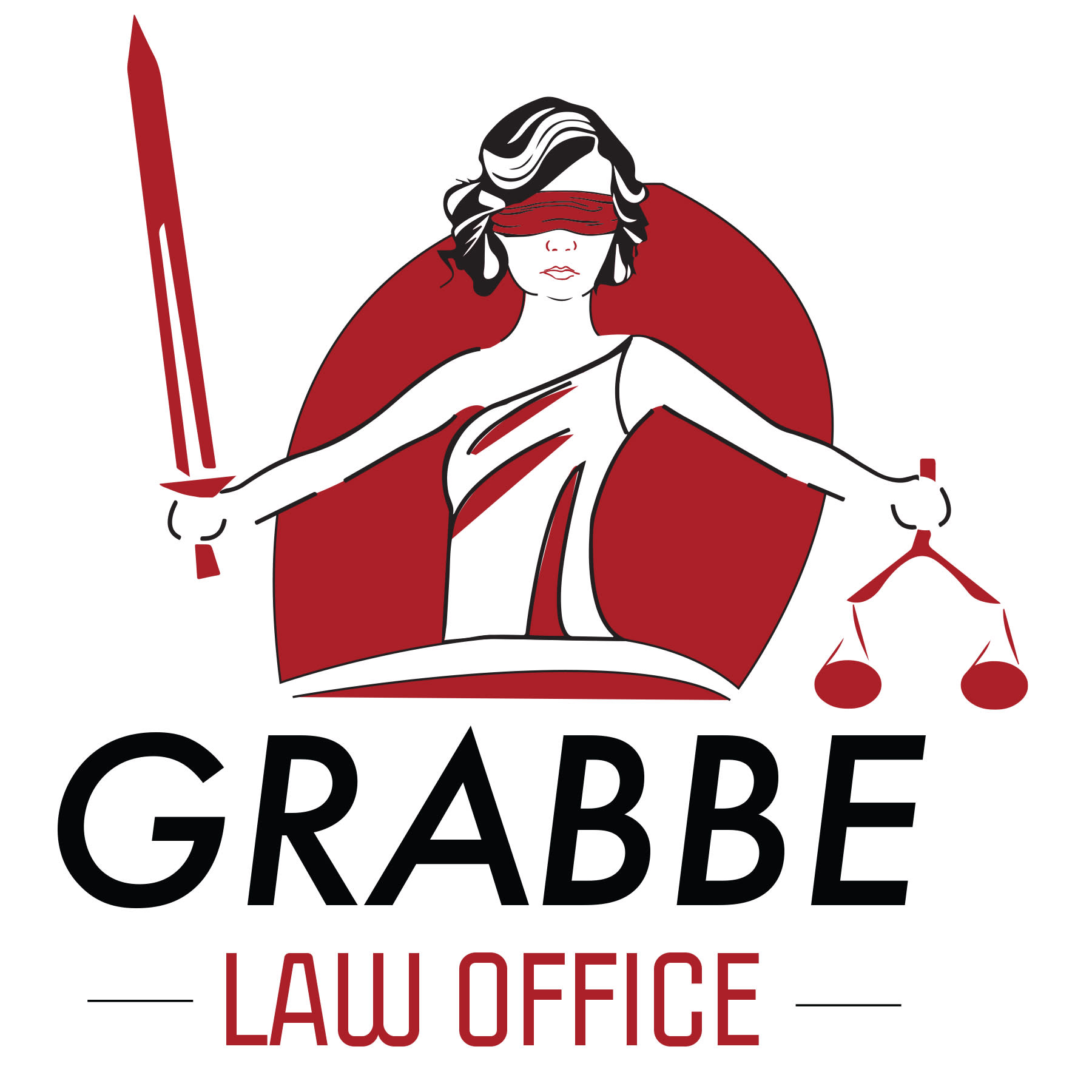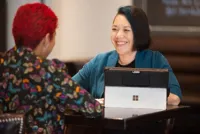Welcome to the Blog!

McDonald’s Hot Coffee Case And The Court Of Public Opinion
The classic McDonald’s hot coffee case is a legend in the history of American litigation. It is often used as an example of Americans’ hyper-litigiousness and willingness to sue over just about anything. Although this is one of the most famous cases in the United States, it is one of the most misunderstood as well. When people talk about this case, they often mock the plaintiff and disparage the case as frivolous, but this type of talk disregards one of the most important aspects of the American legal system: what you hear in the news is not the same as what the jury hears. The “court of public opinion” has wrought havoc on the McDonald’s hot coffee case, but at its core, it represents the average person’s ability to stand up to large corporations and defend their rights. If you have any legal issues, visiting with an experienced attorney at Grabbe Law can help ensure your legal rights remain protected.
What Happened in the McDonald’s Hot Coffee Case?
Now part of American folklore, the facts of the McDonald’s case sometimes get lost in translation. In Liebeck v. McDonald’s Restaurants, the plaintiff was 79 years old. She purchased a cup of coffee from McDonald’s, and when she was in the car, she placed the cup between her knees as she tried to open the lid. The cup tipped, and the coffee spilled on her lap. One of the more commonly-misrepresented aspects of the case is the injuries the plaintiff sustained. Because many of us have spilled a hot drink on ourselves before, we draw certain conclusions about how severe the injuries could have been. However, the plaintiff suffered third-degree burns on 16% of her body and was hospitalized for over a week. She required extensive rehabilitation and received disability for over two years.
At trial, the jury awarded the plaintiff $160,000 in compensatory damages and $2.7 million in punitive damages to punish McDonald’s. Ultimately, the trial judge reduced the punitive damages to $480,000 and the parties agreed to a settlement after trial.
Why This Outcome Is Not As Absurd as People Think
This story is sometimes told in such a way as to make the plaintiff out to be exploitative. The attitude often reflects a feeling that nobody deserves a $3 million verdict for spilling coffee on themselves. There are numerous reasons, however, why the case is unfairly portrayed as absurd.
The Jury Acknowledged that the Plaintiff Was Partly At Fault
When people complain about this case, it is often under the misconception that plaintiffs should not be able to sue someone if they are partially responsible for their own injuries, but this is not the case. In many accidents, determining who was at fault is not always clear. Most accidents involve shared responsibility for the fault in some way. Personal injury laws in almost every state account for this through comparative negligence statutes. In New Mexico, where the case was tried, there is a pure comparative negligence rule, where plaintiffs’ damages are reduced by their percentage of fault. In Ms. Liebeck’s case, the jury acknowledged she was 20% at fault for spilling the coffee, but at the end of the day, she was still entitled to the damages to cover her expensive medical treatment.
The Plaintiff Suffered Severe Injuries
The plaintiff sustained serious injuries in this accident. Third-degree burns are the most severe type of burn, and they can require years of medical treatment to recover from. The plaintiff sustained third-degree burns on 6% of her body, and overall, 16% of her body was burned. It took her two full years to recover from the accident.
McDonald’s Knew Its Coffee Was Unreasonably Hot
Most of the plaintiff’s damages were made up of punitive damages. Punitive damages are appropriate when a defendant’s behavior was grossly negligent or intentional. Significant amounts of evidence presented to the jury proved that McDonald’s intentionally served its coffee at 180 - 190 degrees Fahrenheit, a temperature range that is known to cause third-degree burns. McDonald’s had received numerous other claims and lawsuits about the temperature of its coffee and failed to remedy it. This is a case where a punitive damages award is appropriate. McDonald’s was aware of the unreasonably high risk that its coffee would cause severe burns if spilled, so punitive damages were awarded to deter similar behavior in the future.
Standing Up Against Corporations
In the United States, civil litigation is one of the only ways for individuals to hold large corporations accountable. When a business practice is putting individuals at risk of harm, there is little an individual can do to persuade the business to change its practice, but large punitive damages awards are one way to attempt to do so. Despite the many years of parody at its expense, Liebeck v. McDonald’s can also be seen as a prime example of using civil litigation for positive change. Not only did the plaintiff receive compensation for her medical bills and suffering, but McDonald’s also changed its practices immediately after the verdict.
If you are interested in learning more about the McDonald’s hot coffee case, a 2011 documentary entitled Hot Coffee provides a full account of the story.
The Court of Public Opinion
Ultimately, the main goal of the civil justice system is to right wrongs. When someone is injured, they almost always deserve compensation for their injuries and losses, and rarely is it to punish the wrongdoer. However, sometimes individuals and corporations alike intentionally wrong people, and judges and juries can impose penalties accordingly. At the end of the day, the public and the jury hear very different accounts of what happened, and that is usually by design. The rules of evidence serve to make sure the jury hears only what is necessary to decide the case, rather than second or third-hand accounts that may unfairly prejudice the plaintiff. At Grabbe Law, we believe this is one of the great institutions in the civil justice system, and we strive to fight for what our clients deserve, rather than what the public thinks they do. Contact us today if you believe your legal rights were violated in any way to learn more about how to ensure you receive compensation for your injuries and losses.
If you’d like to explore more legal case breakdowns like this one—or learn how the law can protect you, your business, and your rights—visit us at the Grabbe Law website. You’ll find resources, insights, and guidance designed to help you navigate complex legal situations with confidence.






